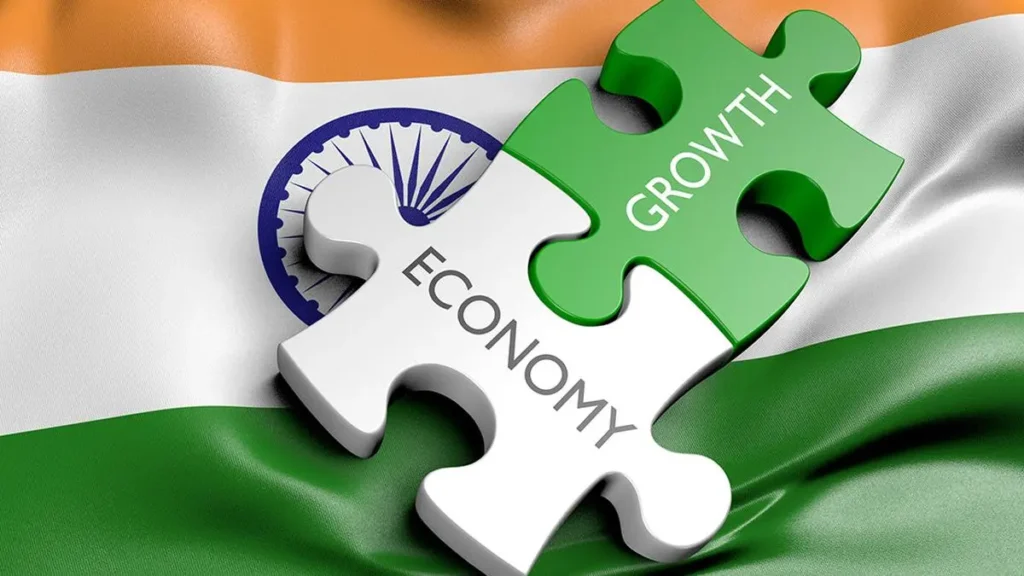
Introduction
The International Monetary Fund (IMF) has revised India’s economic growth projection for the fiscal year starting April 1, 2025, from 6.5% to 6.2%. This adjustment reflects escalating global trade tensions and prevailing economic uncertainty, particularly stemming from U.S. tariff policies. Despite the downgrade, the IMF maintains that India’s growth outlook remains relatively stable, primarily driven by robust private consumption, especially in rural regions.
Factors Influencing the Downward Revision
The IMF’s decision to lower India’s growth forecast is influenced by several global economic factors. Escalating trade tensions, particularly between major economies, have introduced uncertainties that affect global trade dynamics. Additionally, prevailing economic uncertainties, including tariff policies and geopolitical tensions, have contributed to a cautious global economic outlook. These factors collectively impact India’s export performance and overall economic activity.
India’s Economic Resilience
Despite the global challenges, India’s economy demonstrates resilience. The IMF highlights strong private consumption as a key driver of growth. Rural consumption, in particular, has shown robustness, supported by government initiatives aimed at rural development and increased agricultural income. This domestic demand continues to bolster economic activity, offsetting some of the external pressures.
Global Economic Context
The IMF’s World Economic Outlook report indicates a general downward adjustment in global growth projections due to increased trade frictions worldwide. The global economy is projected to grow at 2.8% in 2025, down from previous estimates. Advanced economies, including the United States, are experiencing slower growth, influenced by factors such as inflation control measures and geopolitical uncertainties. Emerging markets, while still growing, face challenges from external economic pressures.
India’s Position Among Emerging Economies
India continues to be one of the fastest-growing major economies. The IMF’s revised forecast places India in a favourable position relative to other emerging markets. The country’s economic growth, driven by domestic consumption and structural reforms, positions it as a key player in the global economic landscape. However, sustaining this growth will require addressing challenges such as infrastructure bottlenecks, regulatory hurdles, and ensuring inclusive development.
Policy Recommendations
To maintain its growth trajectory, the IMF recommends that India focus on structural reforms aimed at enhancing productivity and economic resilience. This includes improving ease of doing business, investing in infrastructure, and fostering innovation. Additionally, addressing inflationary pressures through prudent monetary policies and ensuring fiscal discipline will be crucial in maintaining economic stability.
Conclusion
While the IMF’s downward revision of India’s growth forecast reflects global economic challenges, the country’s economic fundamentals remain strong. With continued focus on domestic consumption, structural reforms, and prudent economic policies, India is well-positioned to navigate the current global economic landscape and sustain its growth momentum in the coming years.




































Leave a Reply